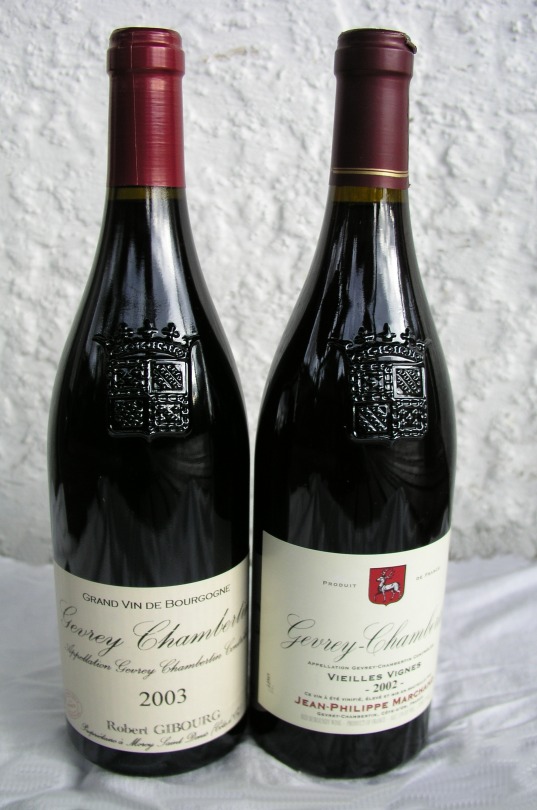On Monday coming I start the next step in my journey to become a Wine Sommelier. I am undertaking 20 weeks of training in Old World Wines and Beers and Spirits, which is Modules 3 & 5 in the process to becoming a Wine Sommelier. This segment of my training is being done through the Canadian Association of Professional Sommeliers (CAPS).
The Canadian Association of Professional Sommeliers (CAPS) is a pan-Canadian association, which brings together individuals within the sommelier profession, restaurant services, and other sectors of the wine industry. Since its inception in 1989, CAPS has promoted the profession, notably by its participation in the Best Sommelier of the World Competition.
I am very excited to start the Old World Wine course. Old World Wine countries are France, Italy, Spain and Portugal. If you have ever noticed, these four countries tend to label their wine by region, and not by the grape variety. Which can be very intimidating for many people. For example, most people know if they love a Merlot, or a Cabernet Sauvignon. And they know pretty well what to expect when they buy one of these wines. However, do you know what a Primitivo is? Or a Burgundy? These are not grape varieties, they are regions. And in order to know which grape you are getting, you have to know the grapes grown in the region.
Burgundy is a region in Eastern France. Burgundy grows Pinot Noir as its Red wine, and Chardonnay grapes for its white. So if you are buying a Burgundy wine from France, and it’s red, you’re drinking Pinot Noir. You get to enjoy all the wonderful Pinot Noir flavors, strawberry and raspberry, and the food friendly wine you have come to associate with Pinot Noir.
Bordeaux is another region in France, centered by the city of Bordeaux. Permitted grapes for this region are Cabernet Sauvignon, Cabernet Franc, Merlot, Petite Verdot, Malbec and Carmenere. Malbec and Carmenere are hardly ever used, Malbec has since become known in Argentinian wine regions, and when most people think Carmenere they think Chile. The wine above, Chateau Timberlay, is a wine I have written about before. It’s a blend of Merlot and Cabernet Sauvignon, but the Merlot is dominant here, so you get those smoky plum flavors that go so well with grilled pork.
The Bordeaux pictured above is white. White Bordeaux is predominantly, and exclusively in the case of the sweet Sauternes, made from Semillion, Sauvignon Blanc and Muscadelle. Bordeaux wines tend to be blends, so it can be a little trickier.
It’s no different than wines from Italy, Spain and Portugal. Unless you know which grapes are allowed in each region, buying a wine from an Old World country can be a coin toss for many people.
Over the coming weeks, I will be using my weekly wine blog to help all my wine drinking friends decipher the Old World wines and hopefully make it easier for you to head to one of these sections in your favorite wine store. Keep reading my friends, these sections in your Wine store will intimidate you no more.
I welcome you to join me on the next step of my journey, and thank you so much for reading and taking this journey with me.
Till next week, Cheers
Darlene







Lesson 1: Old World is a bit more than 4 countries. Germany, Austria, Greece, Switzerland, Lebanon, the North African countries of Tunisia, Morocco and Algeria; and some argue South Africa as well. AND the wines made in the former iron curtain countries/regions of Hungary, Bulgaria, Slovenia, Croatia, Georgia, and Romania. I’ve also had wine from Turkey, which would count, though I doubt you’ll need to know much about it. Old World would also include wines made in the UK and Netherlands and Belgium. The UK, in particular makes a fair amount of sparkling (some very good) and lean whites.